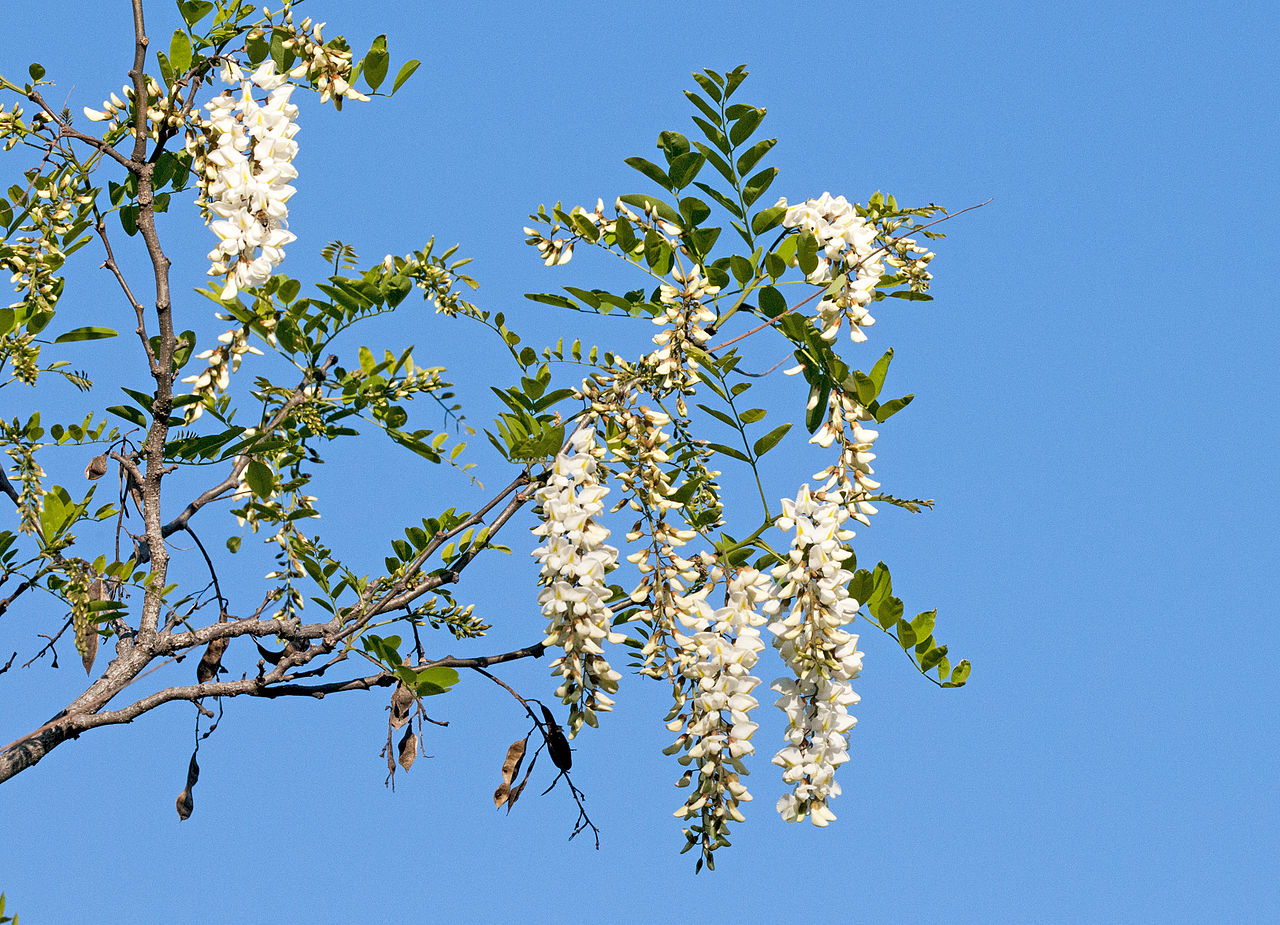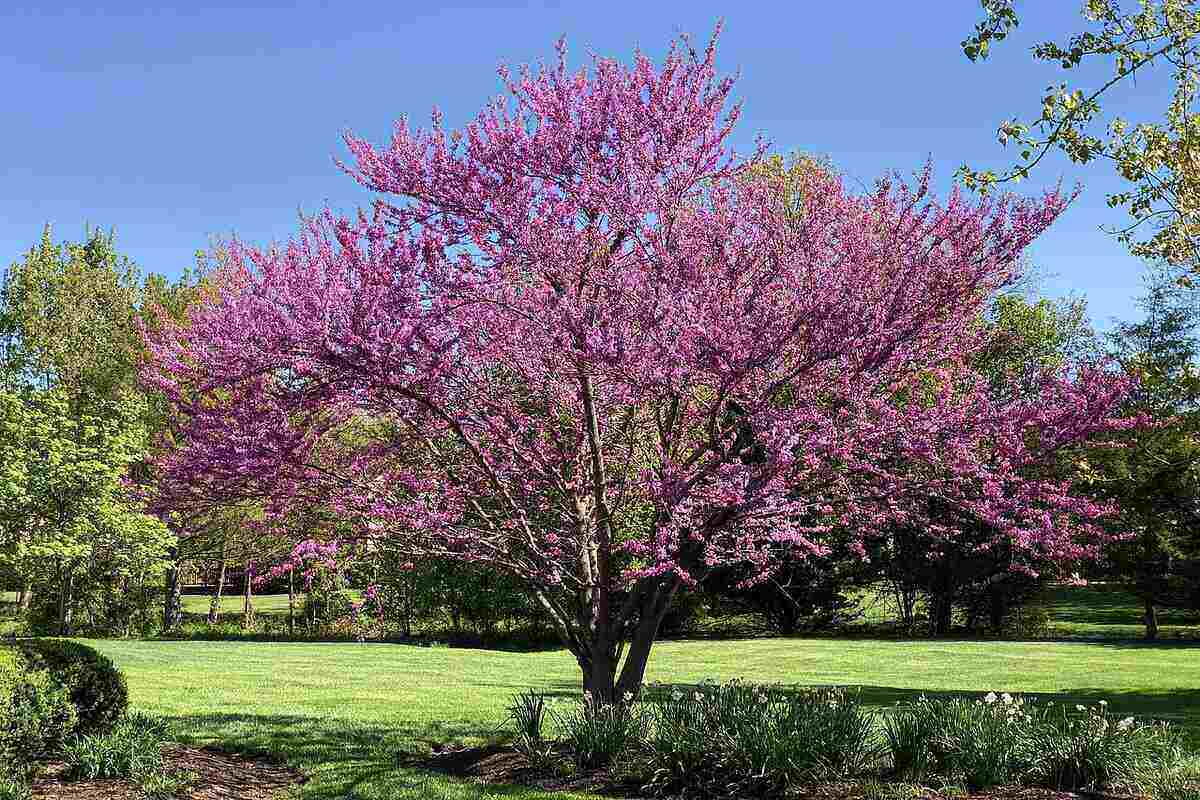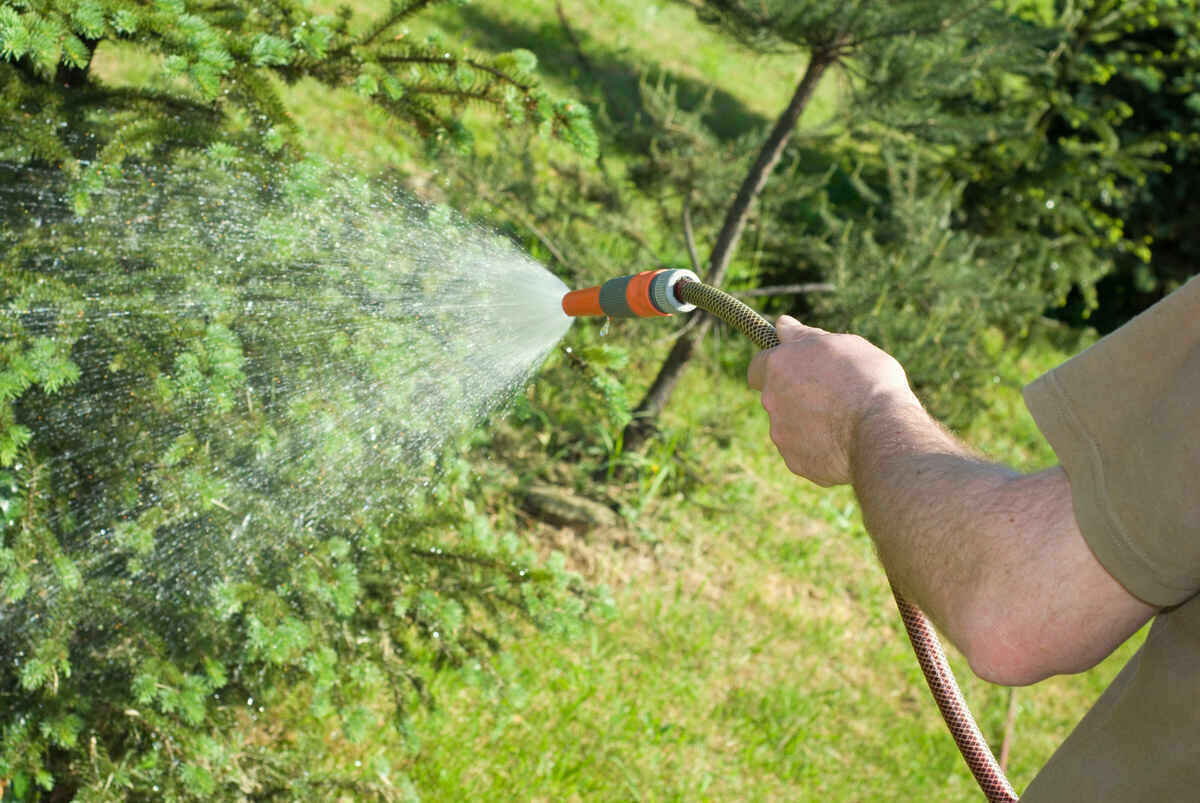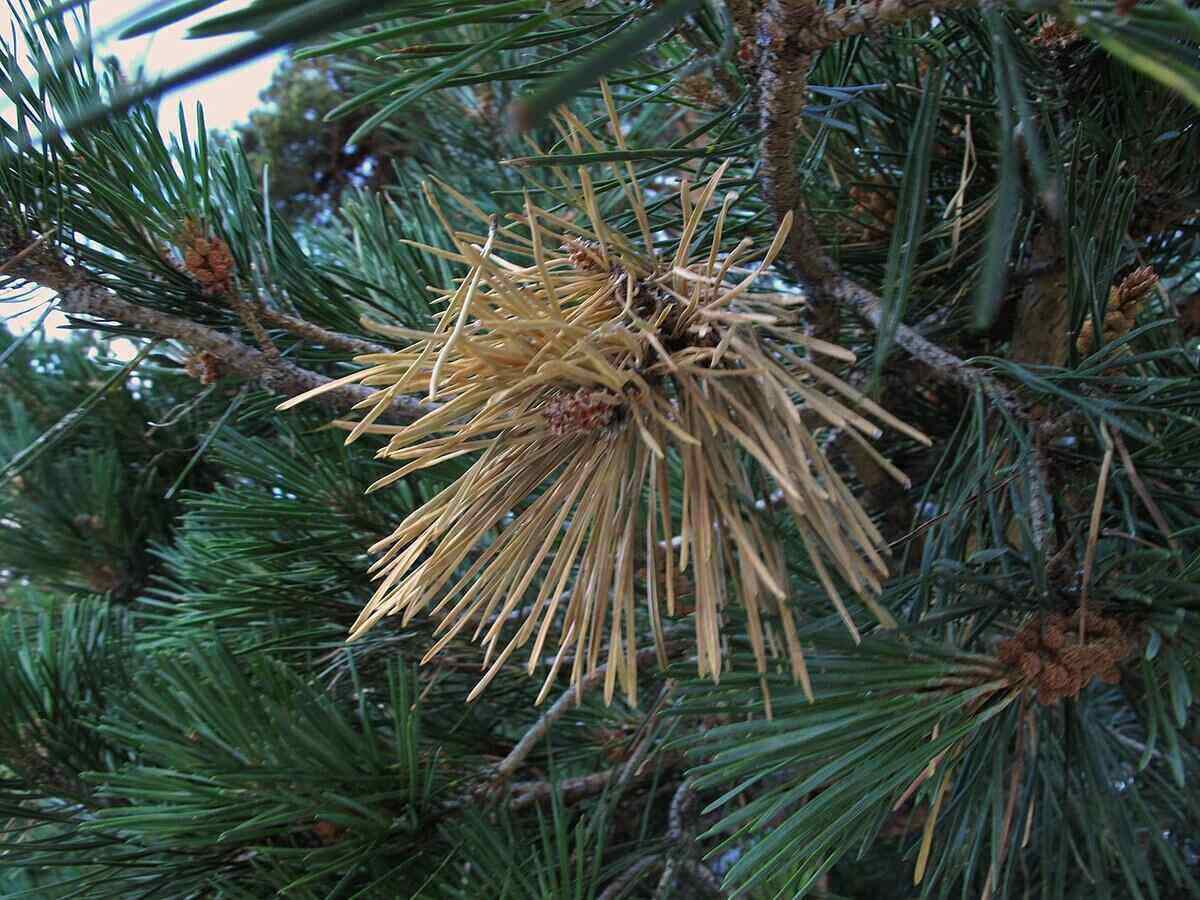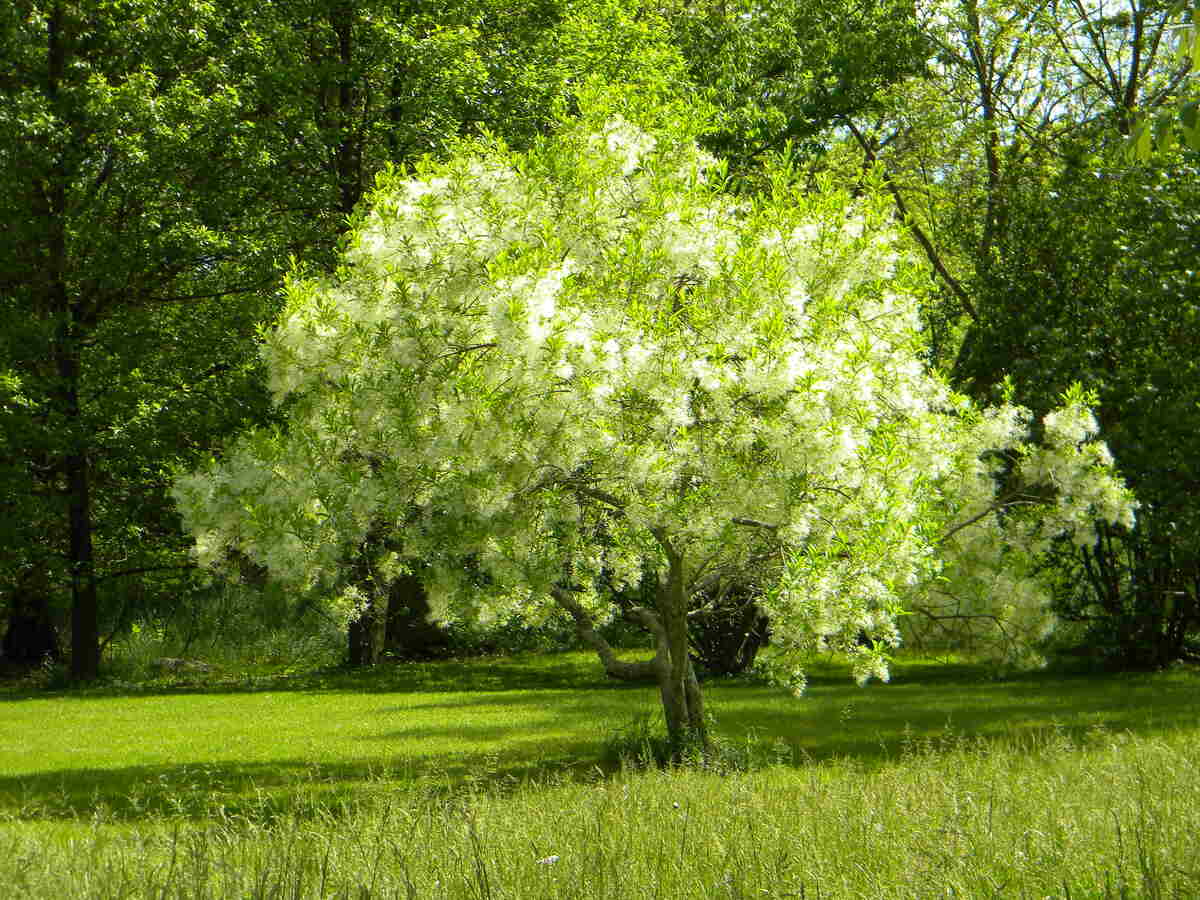
Cincy is a diverse and beautiful city that is home to an array of different tree species. But just like any other living organism, trees are vulnerable to factors from weather conditions to pests and diseases. That’s why it’s essential to keep up with basic tree care facts for Cincinnati, OH.
Basic Tree Maintenance Facts
Because of climatic factors, trees in the Cincinnati area require regular maintenance to keep them healthy, strong, and safe. Once you plant a tree, it’s essential to monitor it for the rest of its lifespan in order to maximize its potential.
This means keeping a check on the tree’s overall performance and carrying out regular maintenance, like fertilizing and tree pruning. Let’s look at some facts you need to remember when it comes to tree care.
Soil Testing
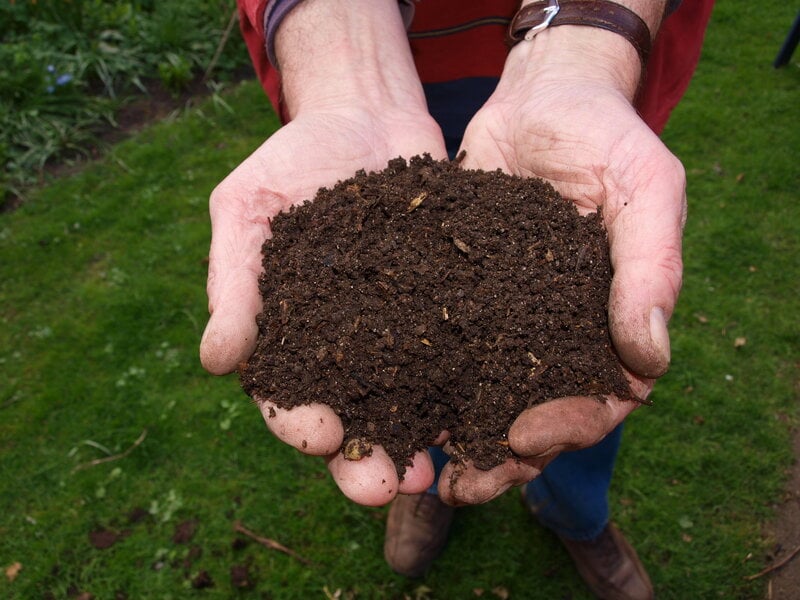
One of the most critical steps when it comes to taking care of your trees is selecting the right species for your specific location and soil conditions. To do this, tree experts recommend a soil test before planting; after all, knowledge is power! And soil tests can provide a valuable range of information, including:
- Nutrient levels
- Soil pH
- Organic matter content
With little to no effort, soil tests can give you a basic report on your soil and save you countless headaches in the future. From identifying the best species for your soil to preventing potential nutrient deficiencies and other problems, soil testing can offer great insight into how best to care for your trees.
Many extension offices and large retailers have soil testing laboratories, and the cost is usually about $30 on average.
Choose Your Trees Wisely
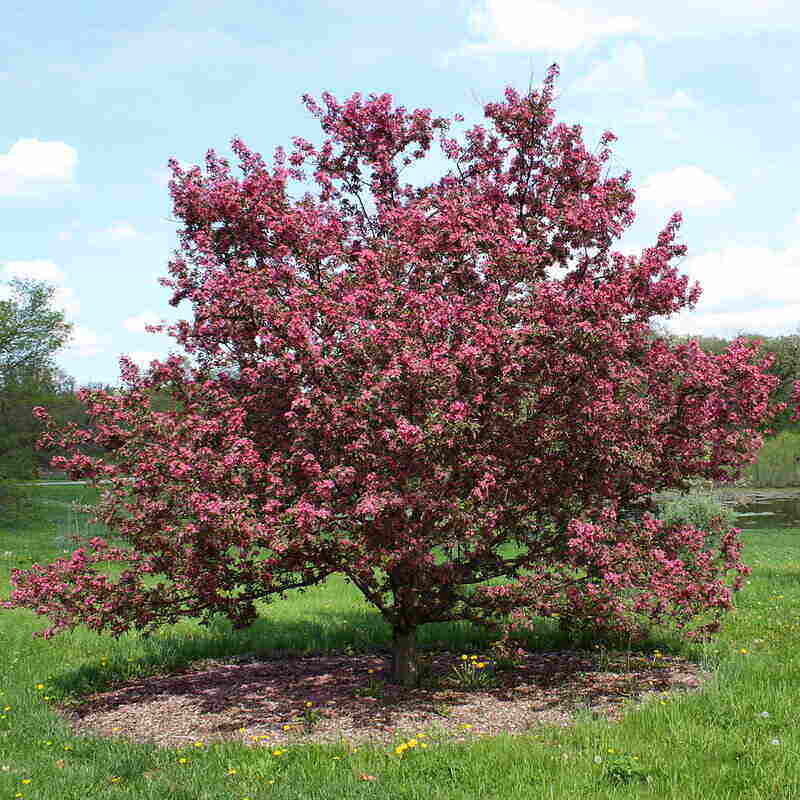
Photo credit: Bruce Martin / Wikimedia Commons / CC BY 3.0
Once you’ve tested your soil, it’s time to select your trees. Joe Boggs, Assistant Professor at Ohio State Extension, Hamilton County, recommends visiting places with established trees, like the Spring Grove Cemetery and Arboretum. It’s the third-largest cemetery in the country, with a wide variety of trees. Therefore, it can be a great source of inspiration.
Try to go for native trees, as they have the best chance of thriving in the Cincinnati climate. Some of the best trees for the Cincinnati area include:
- Oak Trees
- American Hornbeam
- Pagoda Dogwood
- Crabapple
Oak Trees
As Professor Boggs mentioned, oak trees are the best bet for Cincinnati. With a high drought tolerance and plenty of shade, oak trees are a great choice for any lawn. However, it’s important to remember— no two trees are exactly alike.
Red and Swamp White Oaks are great species for the Cincinnati area but take care where you plant them. These types of trees can quickly outgrow their welcome and can cause problems when they get too close to power lines and other structures.
American Hornbeam
American hornbeam, or musclewood as it’s sometimes called, grows well in shade and moist soil. It offers vibrant red and yellow foliage in the fall and needs little to no pruning to keep it in shape.
Pagoda Dogwood
Pagoda Dogwood is perfect for smaller gardens, as it doesn’t get too big. You can expect white spring blossoms and purple foliage that turns even more beautiful during fall. As far as soil requirements, Pagoda Dogwood prefers moist and well-drained soil. It loves the full sun, but, if that’s not an option, you can choose a spot with partial shade.
Crabapple
Crabapple trees are showstoppers in the spring, with beautiful white and pink blossoms that last into summer. To get the best out of it, you’ll need an area with full sun and well-drained soil. Crabapple trees are relatively easy to prune and maintain.
Trees to Avoid
The worst trees to plant in Cincinnati, which you should most definitely avoid, include:
- Callery (Bradford) pear
- Siberian Elm
- Tree of Heaven
- Black Locust
- Silver Maple
Planting
Now that you’ve got your trees picked out, the next step is planting them. Ideally, you’d want to plant your trees during the dormant season — in the fall or early spring. According to Professor Boggs, when you’re selecting a spot for your trees, you need to know where the roots are going—it’s a crucial step for successful tree planting.
You should dig a bowl-shaped hole to make sure the roots get enough oxygen from the soil. Also, when you backfill the hole with soil, add some compost to it in case the soil is mostly clay.
*Note: ISA is an international nonprofit organization that promotes and advances the practice of arboriculture and tree care with the aim of building a better and healthier urban environment.
Their website includes valuable tree care information and tips on proper tree planting, pruning, and maintenance. Homeowners are encouraged to visit their websites for more information on tree care.
Pruning
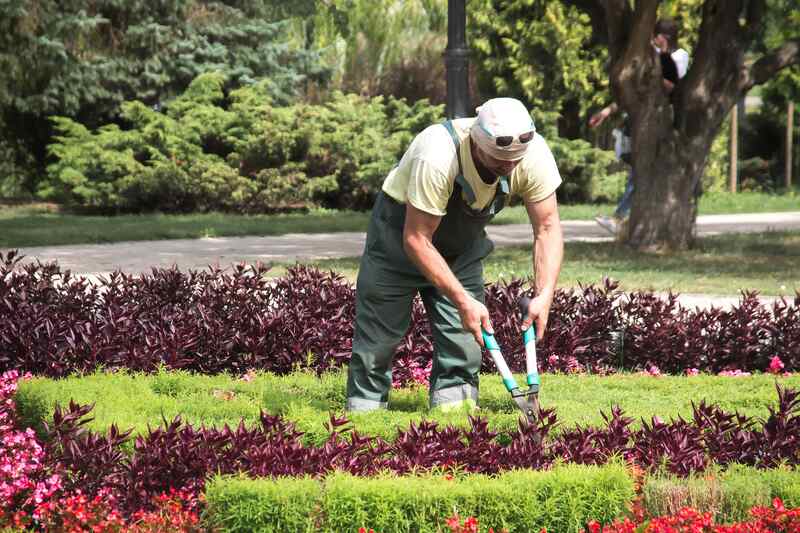
Time to prune! You’ve done your research on the species that thrive in your area, selected your trees, and planted them with care. But the work is still not done. Tree trimming and pruning are a required part of tree care in Cincinnati.
One piece of advice from Professor Boggs, however, is to hold off on pruning until a few years after planting. The tree needs time to become established, and harsh pruning techniques can do more harm than good. That’s not to say you should never prune the tree — just wait until it’s been in the ground for a good chunk of time and becomes a bit mature before you begin to shape it.
When you are ready to prune, look for branches that are crossing each other and remove one. Remove any deadwood and weak or broken branches. But avoid excessively pruning at the top of the tree, which can damage the tree’s food machinery, such as leaves.
Watering
Water is the lifeblood of your tree, and it should be done with care. Arborists recommend watering your young trees well after planting to help the soil settle around the roots. It’s essential to check the soil’s moisture level during dry periods.
Boggs says that you don’t need to overwater, and you should be able to tell when it’s too dry. He also suggests investing in a slow-release watering tool to help in this situation. And, if you’re going to be away for a couple of weeks, always make sure you get someone to water the tree for you!
Pro tips: Check the moisture level of your soil regularly by digging down a little below the mulch and feeling with your fingers. Pay particular attention later on in summer when the weather is especially hot.
Mulching
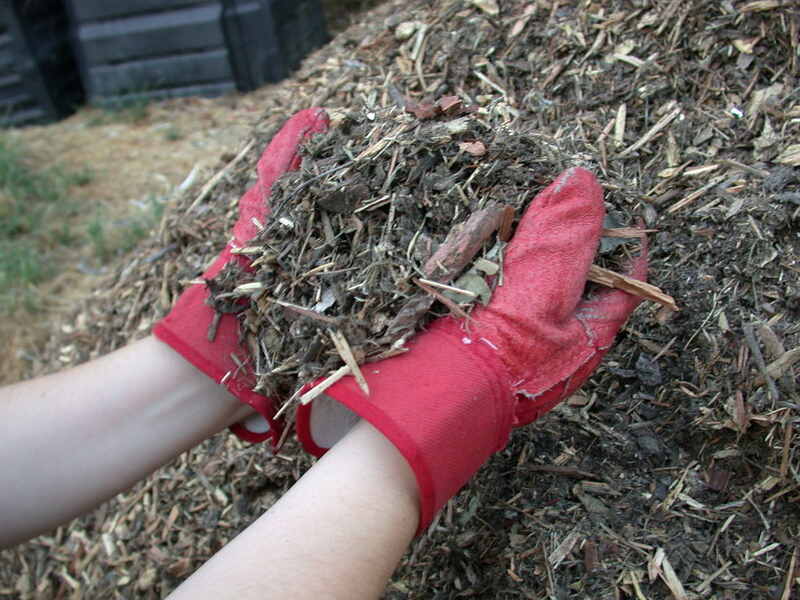
Immediately after planting a tree, you should mulch around it. Mulch is an invaluable tool for tree owners and will help with moisture retention and temperature control. You’ll want to spread a 3 to 4-inch layer of organic mulch, making sure not to pile it too high around the base of the trunk, as this can cause rot.
Preferably, you could use wood chips, bark, or even leaves, remembering to check the mulch level from time to time, as it does diminish as the organic material breaks down into the soil.
Be Aware of Local Climate Conditions
One thing to keep in mind is the fact that different tree species fare better in certain climates. Before planting a new tree, be sure to research what species are most likely to do well in the Cincinnati area and what conditions need to be taken into account.
Cincinnati Climate and Soil Challenges
Wet to moist soils and changeable climates can make urban trees in Cincinnati particularly vulnerable to pests and diseases and even more susceptible to environmental changes. During certain times of the year, such as late summer, fall, and winter storms, wind can be significantly damaging to trees due to its propensity for ripping out branches, knocking down large limbs, or even uprooting entire trees.
Instances of heavy rain and ice can work together to add more weight to trees, shrubs, and other plants, causing them to become top-heavy or lean, while ice accumulation and freezing temperatures can weaken already weak branches, potentially leading to breakage. Like many Midwestern cities, The Queen City also experiences very hot and humid summers that can cause trees to struggle due to lack of moisture, which can lead to leaf scorching.
In terms of soil conditions, Cincinnati soils often have a higher pH level than other parts of Ohio, meaning they are more alkaline. Moreover, these soils have a tendency to hold on to nutrients while also having a clay consistency that can cause drainage issues. As a result, certain trees may struggle to thrive and might even require amendments or fertilization, depending on the species.
Cincinnati Tree Services
Sometimes it’s just not feasible to do the job yourself; this is where professionals come in. Experts from a tree service company in Cincinnati understand the subtleties of the local climate, soil conditions, pest or disease infestations, and other problems that can arise.
Whenever you feel like you’re in over your head and need help with your trees, consult a pro. On average, the cost of a certified arborist in Cincinnati can range from $80 to $400, depending on several factors, including:
- Whether you have a small or a large tree
- How many trees do you want to be pruned
- How difficult the job is
Usually, tree care services in Cincinnati include a variety of tasks, such as:
- Stump removal services
- Stump grinding services
- Trimming services
- Tree removal and transplanting
- Seedling planting
FAQ
Besides love and attention, you’ll need to invest in essential tree care tools, such as a pruning saw, a good pair of gardening gloves, and a water can. You might also need some fertilizers and mulch to improve the soil quality.
Some of the more common trees in Cincinnati include maple, oak, hornbeam, dogwood, crabapple, and more. Each tree species has unique characteristics, so make sure you research them before selecting the right one for your garden.
The benefits of trees are endless! Trees can improve air quality, decrease energy bills, reduce noise pollution, and beautify any yard or garden. Trees can also provide habitats for wild animals and insects and offer shade to protect against UV rays and extreme temperatures.
If your tree shows signs of stress, it’s best to consult an arborist. They can diagnose what’s wrong and suggest ways to revive the tree. It’s also important to remember that each tree is different, and a professional opinion on the matter is key to bringing it back to its flourishing state.
Selecting the right species for your soil conditions is the first step. Make sure you look into getting a soil test for this purpose.
Second, it’s important to dig a bowl-shaped hole instead of a flat one – that way, the roots get enough oxygen from the soil. You should also consider adding some compost to the backfill to improve the clay soil condition.
Lastly, be sure to water the tree well immediately after planting.
Final Thoughts
A tree is like any living organism and needs proper care to survive. Tree care in the city of Cincinnati has its unique set of conditions and challenges, especially due to its wet, humid summers and cool winters.
To get the best out of your trees, you must be mindful of what species best suits the area and understand how to plant, prune, and water them appropriately.
Considering these facts, you can be sure that you’re giving your trees the best chance at a healthy, long-lasting future. However, if doing it yourself sounds overwhelming, don’t hesitate to contact a local tree service in Cincinnati for assistance.
Main image credit: My Camera and Me / Flickr / CC BY-SA 2.0.
